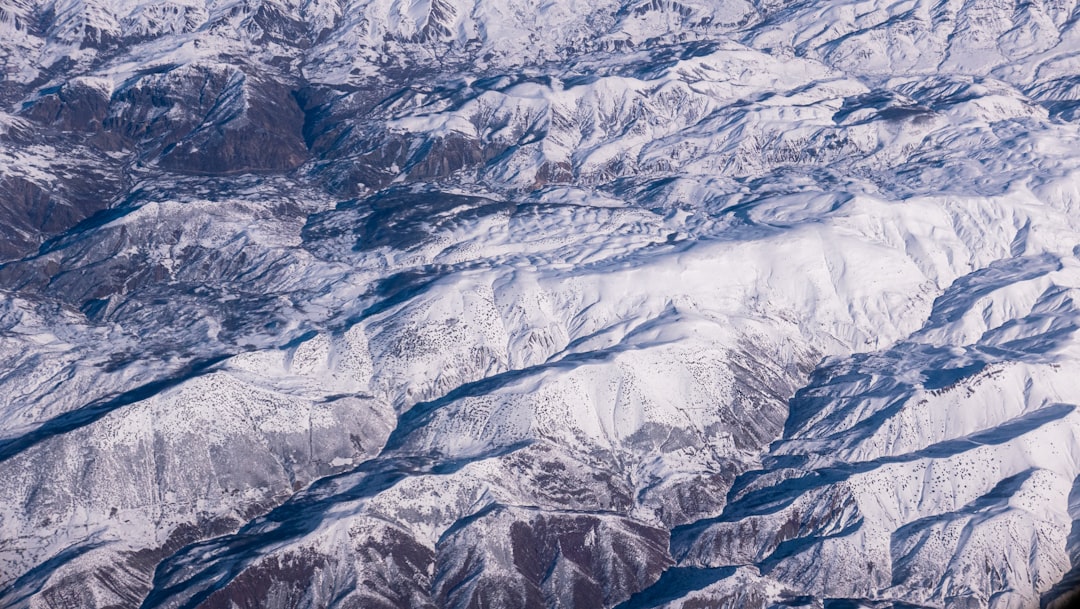What is it about?
Studying tectonic activity at the sub-basin scale within the Mula River Basin, nestled in a mountain range with folded rocks and active faults, reveals the dynamics of the Indian and Eurasian plate boundary. We studied the tectonic activity levels at the sub-basins level in the area and calculated the activity level using elevation characteristics of the sub-basins.
Featured Image

Photo by Garrett Butler on Unsplash
Why is it important?
This study is vital because it offers valuable insights into the tectonic forces shaping our region, potentially triggering earthquakes. By examining basin evolution and tectonic uplifting, we gain a deeper understanding of these processes. The elevated tectonic activity levels observed at fault locations offer clues about ongoing folding and faulting processes. Monitoring these indicators helps us assess the risk of seismic events and better prepare for potential earthquakes.
Perspectives
This study represents a significant advancement in our understanding of the relationship between tectonic forces and regional geomorphology, utilizing high-resolution digital elevation models (DEMs) in mountainous areas. It marks a pioneering effort, being the first of its kind to employ high-resolution DEMs in an active tectonic region. By calculating tectonic activity levels at the sub-basin level within the Mula River Basin, we've gained unprecedented insights into the complex dynamics shaping this area.
Ammar Hussain
University of Houston
Read the Original
This page is a summary of: Tectonic analysis of the Mula River Basin, Kirthar fold belt, Pakistan, using hypsometric index, Interpretation, March 2024, Society of Exploration Geophysicists,
DOI: 10.1190/int-2023-0086.1.
You can read the full text:
Resources
Contributors
The following have contributed to this page










